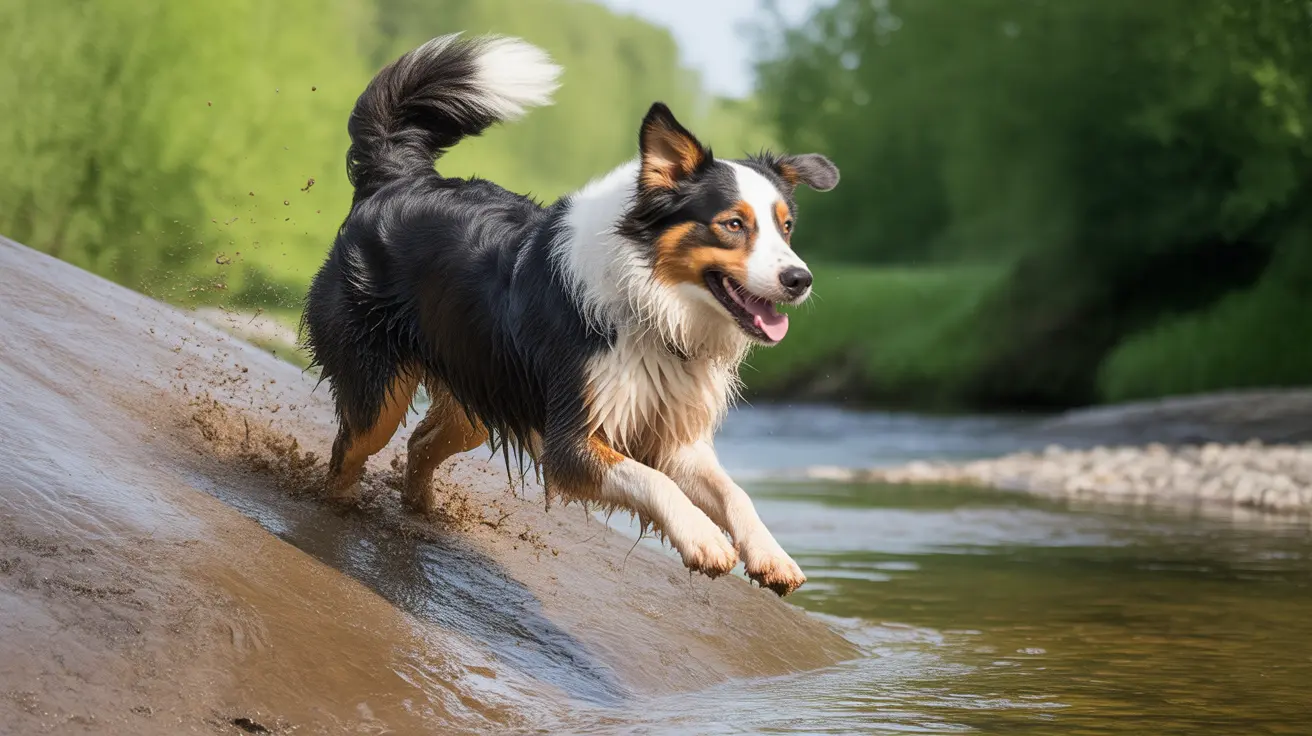How Long Does It Take to Train a Guard Dog?
Training a dog to become an effective guard dog is a complex and time-intensive process requiring specialized techniques, consistent reinforcement, and expert supervision. The timeline varies depending on several factors, including the dog’s breed, age, temperament, the owner's experience, and the training methods used.
Early Foundations: Start Young
To build a dependable guard dog, training should begin during the puppy stage. Puppies are more adaptable and learn social cues more efficiently than adult dogs.
- Socialization: Exposing the puppy to a variety of people, animals, and situations helps it distinguish between normal and threatening stimuli.
- Obedience Training: Teaching basic commands like sit, stay, come, and heel lays the foundational communication skills essential for a well-controlled guard dog.
This initial stage typically takes 3–6 months.
Intermediate Training: Encourage Alertness and Control
Once basic obedience is well established, dogs can begin more advanced lessons in alertness and behavior differentiation.
- Barking on Command: The dog learns to bark in response to specific cues and stop when instructed. Controlled alerts are crucial for reliable protection.
- Territorial Awareness: Training includes recognition of property boundaries and rewarding the dog for patrolling and monitoring this area appropriately.
- Impulse Control: The dog must learn to remain calm around friendly strangers and only react with caution when truly necessary.
This phase may extend an additional 6–12 months, particularly if the dog trains part-time or the owner is inexperienced.
Specialized Guard Dog Training
In this advanced phase, dogs undergo professional guard dog programs or customized training guided by experienced trainers.
- Response to Threats: Dogs are taught to identify danger signs and respond with confidence but not excessive aggression.
- Bite Inhibition: They must learn when and how to use physical intervention safely, preventing excessive harm by controlling force and bite duration.
- Distraction Training: Exposure to loud sounds and unexpected situations ensures the dog remains focused and unreactive to normal environmental changes.
This stage requires ongoing reinforcement and can take 6 months to several years, depending on how sophisticated the protection training is.
Testing and Maintenance
To determine whether your dog is ready to function as a guard dog, it should be tested in controlled scenarios mimicking real intrusions.
- Dogs must show the appropriate level of alertness and control when encountering a stranger on the property.
- They should be able to retreat on command and demonstrate calm behavior in non-threatening situations.
- Ongoing practice is essential; protection skills can diminish without regular repetition and reinforcement.
Choosing the Right Dog Breed
Some dogs have natural tendencies suited to protection work. Common breeds include:
- German Shepherds – Intelligent, obedient, and loyal.
- Belgian Malinois – Highly driven and alert.
- Rottweilers – Protective with strong presence.
However, these dogs require experienced owners, as their traits can be challenging for the unprepared. The key is selecting a dog that matches your lifestyle while exhibiting the behavioral foundation suitable for protection roles.
Time and Commitment Considerations
Depending on the desired level of protection, training a guard dog can take from a minimum of 12 months up to several years. This commitment includes:
- Daily training sessions during early months
- Consistent reinforcement of key behaviors
- Periodic sessions with professional trainers
- Regular practice in various environments
It is equally important to remember that guard dogs are not machines. They deserve affection, proper care, and a balanced life to remain physically and mentally healthy.
Legal Responsibility and Safety
No matter how well-trained, a guard dog can pose risks. Owners should always:
- Supervise interactions with strangers
- Invest in secure fencing and containment
- Hold liability insurance in case of incidents
Attempting to instill aggression through fear or punishment is unethical and often leads to unpredictable behavior or disobedience. Positive reinforcement and skilled guidance are essential for reliable guard dog development.
Conclusion
While timelines can vary, training a dog to become a reliable guard dog typically takes at least a year of dedicated effort. Preparing for this responsibility involves not only teaching commands but also ensuring that the dog is emotionally stable, appropriately socialized, and consistently reinforced. The outcome is a confident, loyal, and protective companion capable of enhancing your safety while maintaining control and trust.





